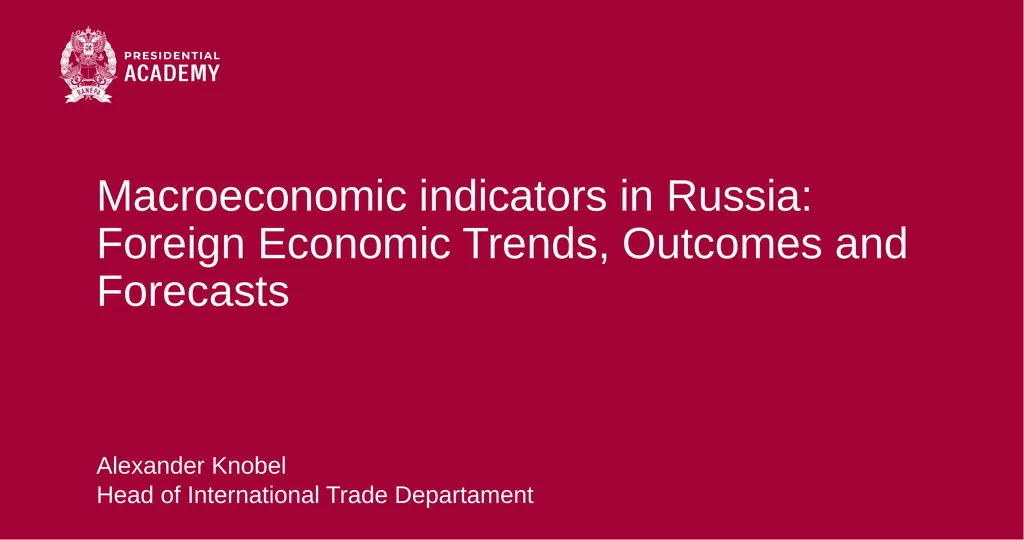
Macroeconomic indicators in Russia: Foreign
Author: marina-yarberry | Published: 2025-05-24
Description: Macroeconomic indicators in Russia: Foreign Economic Trends, Outcomes and Forecasts Alexander Knobel Head of International Trade Departament 2 Sources: IMF, World Bank, OECD. Short- and medium-term forecasts for the global economy The world
Download Presentation
Download the PPT/PDF: Download
Transcript:
Loading transcript…